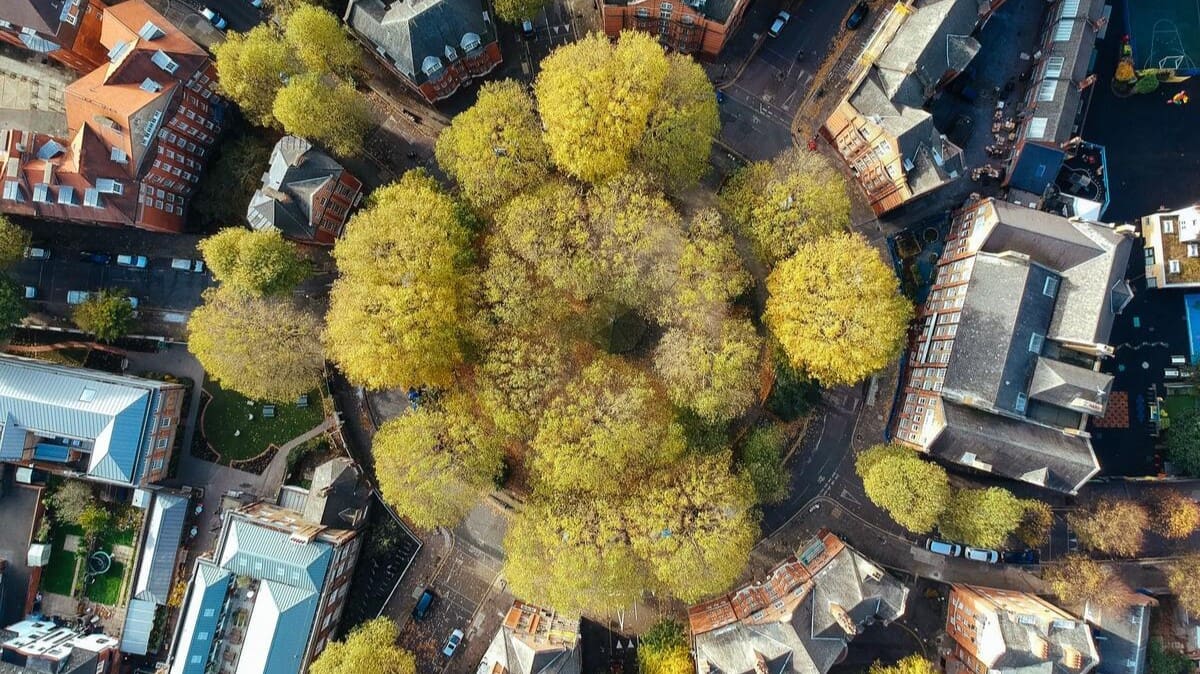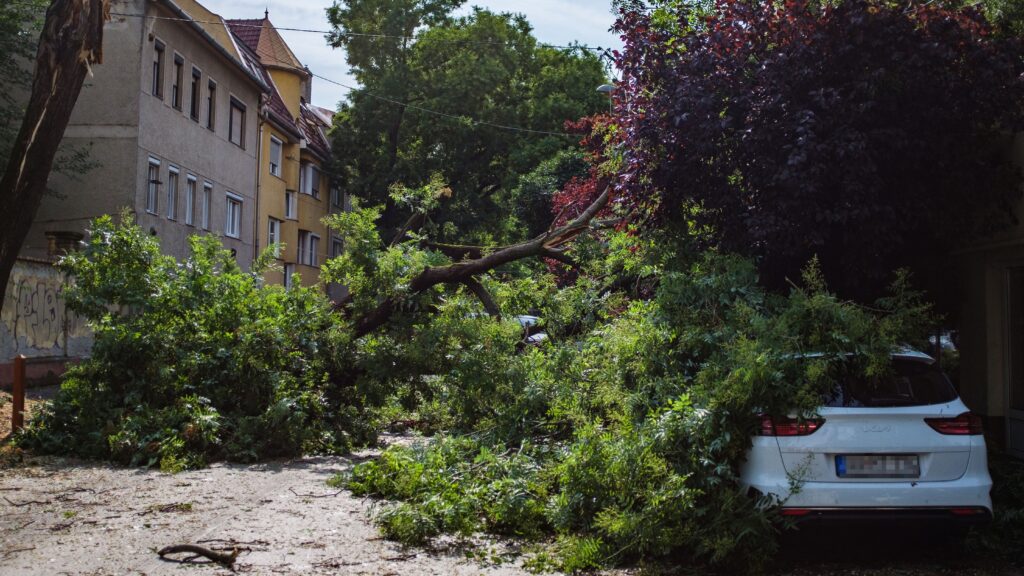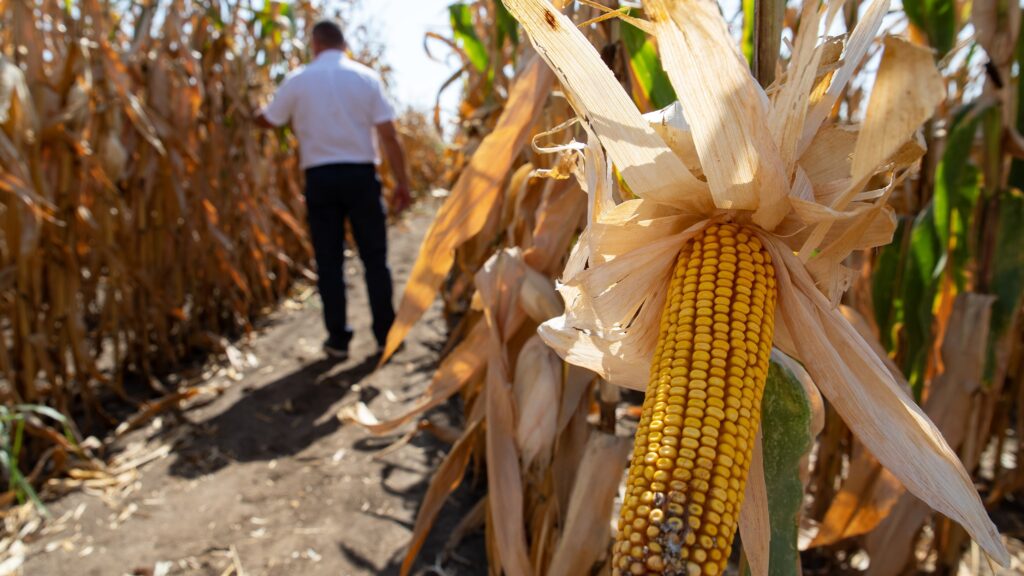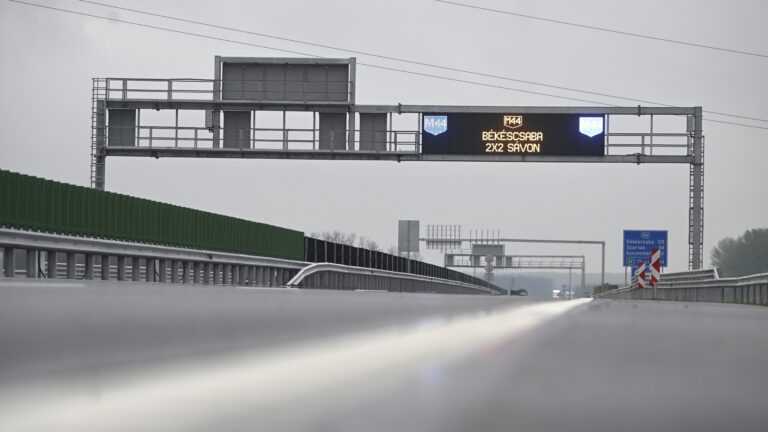Flying across the Atlantic, we can find the world’s largest, oldest, and heaviest creature in the western US—and we can step on it without even noticing it. Namely, this creature, which weighs six million tonnes, is the size of 100,000 average-size apartments in Budapest, and is approximately 14,000 years old, is actually a forest. It is called Pando.
But why can it be considered a living creature? The forest is mainly made up of genetically identical poplars, whose root systems live their daily lives in complete interconnectedness thanks to a fungal species called hyphae. Over the millennia, the organism has survived several forest fires, droughts, and even an ice age.
Perhaps Pando’s case too shows how sustainable an organism can be if ‘all’ its members can help each other by forming a community. Luckily, this kind of organization can not only be found on the other side of the world, but modern urban planning has also begun to adopt the model demonstrated by nature. In Stockholm, a new kind of tree planting scheme was developed in the early 2010s, which a decade later is referred to as the STP or Stockholm Tree Pits.
What is the Reason for the Success of the Stockholm Tree Pits?
As humans, it is easy to put ourselves in the perspective of a dog, a dolphin, or even a hamster, because these creatures are close to our mammalian nature. However, plants—excuse the excessive triviality—can also be considered living things… (In fact, they are the oldest—nearly 500 million years old—complex living things on our planet.) It must be admitted, though, that it is not easy to ‘think’ as a tree.
Therefore, it is no wonder that it took a long time for science to realize that trees do not just reach for light but grow by feeding on water and humus. Indeed, their root systems are capable of many other things besides clinging. They are also an important means of communication, part of a quasi-internet network of hyphae. Trees communicate with each other through this system, but it is also a great way for them to share food.
If we look at a typical urban tree, what do we see? A lonely, stunted, and sad creature with a sparse canopy, tired of life, bumping the concrete around it. But why is it like this?
In the old days, urban trees were placed in ‘concrete tubs’ filled with soil. This prevented their roots from expanding properly, either downwards or sideways (hence the bumpy pavements). This both stopped them from growing and prevented them from connecting to the wider ecosystem supported by hyphae.
In Stockholm, this old, not very creature-friendly solution was abandoned about a decade ago,
and since then, tree-planting projects have been constantly looking to support urban trees and thus all other organisms—including humans—with a more complex but in many ways more rewarding solution.
If the well-being of our trees is not reason enough for this system, here are some proven facts and positive aspects in the table below, arranged in contrast pairs to the traditional method:
| Traditional method | STP |
| Higher CO2 value | CO2 capture per 100 kilometres per car per year |
| Sewage problems | Water retention—up to 5000 litres per tree |
| Poor urban air | 1,3 kg fine particle filtration per year |
| Dry urban air | 400 litres of water evaporation per day |
| Overheated microclimate | Microclimate cooling |
| Strong wind means a higher chance of falling | More stable trees due to deeper roots |
| Does not block out city noise | ~10dB noise reduction |
| Sadder cityscape | Happy trees, happy city |
What Exactly Is the Method Used in the STP?
The first step is to dig out the green lane (sometimes even sacrificing car parking spaces), much as when installing a remote cable. Then, if there was one, the ‘concrete tub’ around the tree’s roots is removed. Once space has been made for the various layers, the trench can be filled up.
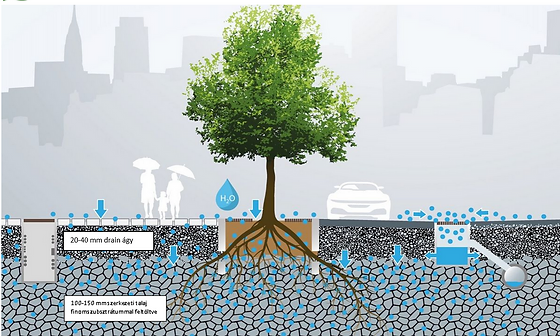
First, a layer of so-called raw biochar is laid down, then various stones and rocks (eg andesite) are laid on top, and the gap between them is filled with a fine substrate, a special soil mixture. This will allow the plant’s root system to grow in a nutrient-rich environment—by moving the rocks as the root system thickens, a harmonious cooperation is created with the soil in constant motion. An important part of the planting process is to cover the multi-layered soil with geotextile, as this helps to keep surface dust from infiltrating.
Finally, an aerating drainage well is placed near the tree, allowing surface water to be collected and immediately led to the tree’s root system. Of course, at the end of the process, the planting of the living creature is also carried out.
The Stockholm System Is Now Also Used in Budapest
The good news for trees and people in the capital is that Budapest has now also adopted the Stockholm Tree Pits: the ‘crowned’ kings of urban eco-innovation can be found all over Bartók Béla Boulevard and Arany János Street in the 5th district. So, if Hungarians want to see happy trees as well, they do not have to travel all the way to Pando anymore!
Click here to read the original article.

